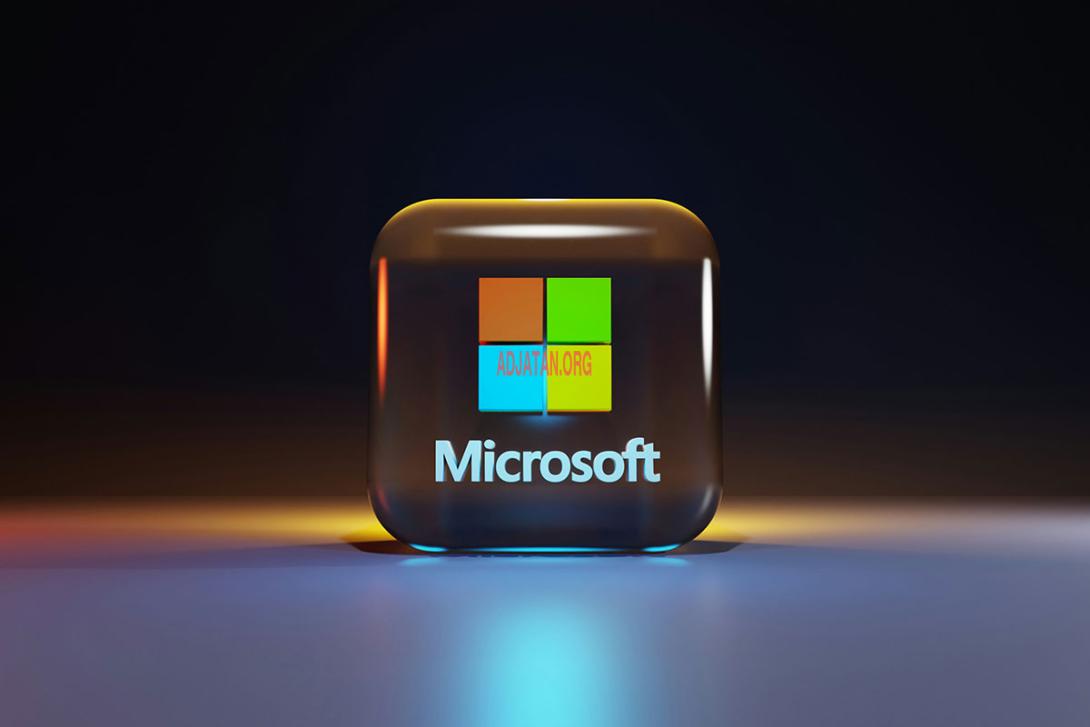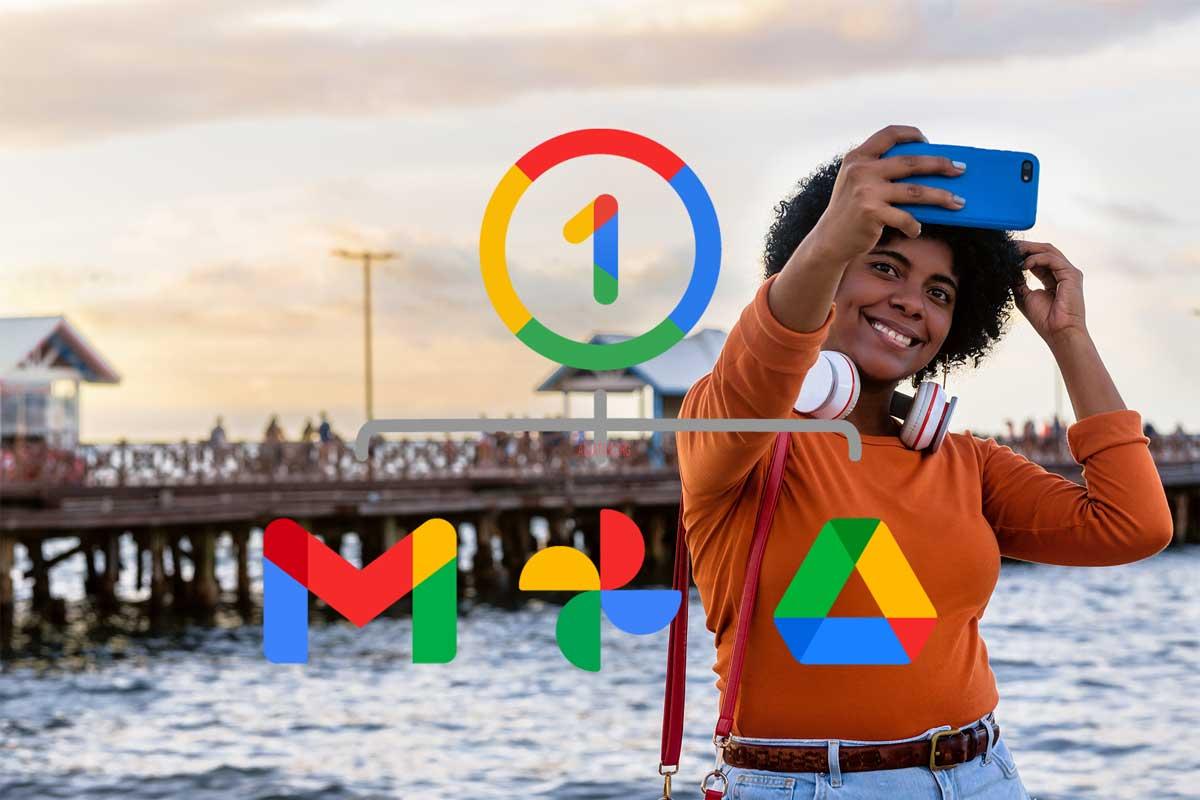
In the fast-paced world of technology, software applications embark on journeys that mirror the human experience: birth, growth, evolution, and eventually, retirement. Microsoft, as one of the industry's pioneers, has introduced countless applications that have shaped how we interact with computers and each other. This tribune examines the lifecycle of numerous Microsoft applications, celebrating their innovations, analyzing their impact, and reflecting on the lessons they've left behind.
Complete Application Timeline
- Windows 1.0 (1985-2001)
- Windows 2.0 (1987-2001)
- Windows 2.1 (1988-2001)
- Windows 3.0 (1990-2001)
- Windows 3.1 (1992-2008)
- Windows 95 (1995-2001)
- Windows 98 (1998-2006)
- Windows Millennium Edition (2000-2006)
- Windows XP (2001-2014)
- Windows Vista (2007-2017)
- Windows 7 (2009-2020)
- Windows 8 (2012-2016)
- Windows 8.1 (2013-2023)
- Windows 10 (2015-2025)
- FoxPro (1984-2015)
- Works (1987-2013)
- Money (1991-2011)
- PowerPoint Viewer (1992-2018)
- Office Assistant (1996-2007)
- Clippit/Clippy (1996-2007)
- Excel Viewer (1997-2018)
- FrontPage (1995-2014)
- Publisher (2010-2026)
- Word Viewer (1995-2017)
- InfoPath (2003-2026)
- Office Accounting (2006-2009)
- ProClarity (1995-2017)
- PerformancePoint Server (2007-2018)
- Internet Explorer (1995-2022)
- MSN Messenger/Windows Live Messenger (1999-2014)
- Trident/MSHTML (1995-2022)
- JScript (1996-2022)
- EdgeHTML (2015-2021)
- Skype (2003-2025)
- Skype for Business/Lync (2007-2021)
- Kaizala (2019-2023)
- VBScript (1996-2023)
- So.cl (2012-2017)
- Windows Live Mail (2007-2017)
- Windows Mail (2006-2024)
- Channel 9 (2004-2021)
- Windows Phone (2010-2020)
- Lumia (2011-2016)
- Surface Duo (2020-2023)
- Kin (2010-2010)
- Band (2014-2016)
- Zune (2006-2012)
- Kinect (2010-2023)
- HoloLens (2016-2027)
- PixelSense/Surface Table (2008-2013)
- Windows Subsystem for Android (2022-2025)
- Xbox (original console) (2001-2006)
- Xbox 360 (2005-2016)
- Xbox One (2013-2020)
- Xbox 360 Store (2005-2024)
- Xbox Live Gold (2002-2023)
- Xbox SmartGlass (2012-2021)
- Xbox Upload Studio (2013-2020)
- Xbox Fitness (2013-2017)
- Xbox Avatars (2008-2025)
- Mixer (2016-2020)
- Xbox Entertainment Studios (2012-2014)
- Ensemble Studios (1994-2009)
- Lionhead Studios (1997-2016)
- Press Play (2006-2016)
- Alpha Dog Games (2012-2024)
- Project Spark (2014-2016)
- Fable Legends (2016)
- Scalebound (2017)
- Forza Street (2018-2022)
- Gears POP! (2019-2021)
- Minecraft Earth (2019-2021)
- Bleeding Edge (2020-2021)
- Odyssey (2024)
- Age of Empires: Castle Siege (2014-2019)
- World of Warcraft Companion App (2018-2024)
- Visual Studio App Center (2017-2025)
- Visual Studio for Mac (2018-2024)
- Visual Studio LightSwitch (2018-2025)
- Visual Studio Codespaces (2019-2021)
- Visual SourceSafe (1994-2017)
- Windows Live Writer (2007-2017)
- WebMatrix (2010-2017)
- ASP.NET Web Matrix (2002-2005)
- Expression Studio (2006-2020)
- Xamarin (2011-2024)
- XNA (2006-2014)
- Azure Dev Spaces (2019-2021)
- CodePlex (2006-2017)
- HockeyApp (2015-2019)
- Silverlight (2007-2021)
- Visual J# (2002-2017)
- Windows Mixed Reality (2016-2023)
- Azure Data Studio (2015-2026)
- Dev Home (2023-2025)
- Atom (2015-2022)
- Interix/SUA (1996-2023)
- MSJVM (1996-2007)
- Hyper-V Server (2008-2029)
- Azure Scheduler (2014-2022)
- Azure Blockchain (2015-2021)
- Azure RemoteApp (2015-2017)
- Azure Blueprints (2018-2026)
- Dynamics 365 Human Resources (2017-2023)
- Forefront/Antigen (2006-2015)
- SQL Server Data Mining (2000-2022)
- SQL Server English Query (2000-2013)
- Viva Goals (2022-2025)
- Response Point (2007-2010)
- Teams Wiki (2017-2024)
- Windows Analytics (2017-2020)
- Encarta (1993-2009)
- Reader (e-book app) (2000-2012)
- Reader (document app) (2012-2018)
- Windows Media Center (2002-2015)
- Windows Movie Maker (2000-2017)
- Windows Photo Gallery (2003-2017)
- Paint 3D (2017-2024)
- Groove Music Pass (2006-2017)
- MSN Music (2004-2006)
- Delve (2015-2024)
- WordPad (1995-2023)
- Flight Arcade (2015-2021)
- TrueSpace (1994-2009)
- Cortana (2014-2023)
- Tay (2016-2016)
- Zo (2016-2019)
- Agent (1997-2009)
- Bob (1995-1996)
- Soundscape (2018-2023)
- AltspaceVR (2015-2023)
- Midori (2015)
- Fahrenheit (2000)
- Flip (2014-2024)
- Money in Excel (2020-2023)
- Tafiti (2007-2009)
- Sunrise (2013-2016)
- Wunderlist (2010-2020)
- Windows Calendar (2007-2024)
- Windows People (2010-2024)
- HealthVault (2007-2019)
- LinkedIn Salary (2016-2022)
- LinkedIn Skill Assessments (2019-2023)
- Tips (1995-2023)
- MS-DOS (1981-2006)
- Aces Game Studio (1988-2009)
The Pioneering Era (1981-2000)
MS-DOS (1981-2006)
Microsoft Disk Operating System began as the foundation of personal computing. Launched when computing was still in its infancy, MS-DOS represented a breakthrough in making computers accessible to businesses and eventually homes. Users embraced its command-line interface, learning commands that became second nature to a generation of computer enthusiasts. Its 24-year lifespan witnessed the birth of the modern computing industry, with MS-DOS serving as the reliable engine that powered productivity across the globe. Though eventually superseded by graphical interfaces, its discontinuation marked not an ending but a transformation, as its core concepts live on in Windows' Command Prompt and PowerShell.
Windows 1.0 (1985-2001)
The launch of Windows 1.0 marked Microsoft's visionary step toward graphical user interfaces. Though primitive by today's standards, it represented a revolutionary approach to making computers more intuitive. Early adopters marveled at the ability to see multiple applications at once through windows that could be moved around the screen. The discontinuation came only after Windows had evolved through multiple iterations, each building upon the foundation laid by this groundbreaking software.
FoxPro (1984-2015)
Originally developed by Fox Software and later acquired by Microsoft, FoxPro evolved into a powerful database management system that businesses relied upon for decades. Its data-centric programming language provided developers with tools that were both powerful and accessible. User communities formed around FoxPro, creating extensive libraries of shared code and knowledge. Even as it approached discontinuation, loyal users championed its efficiency and reliability, with many businesses maintaining FoxPro applications well beyond its official end-of-life.
Bob (1995-1996)
Perhaps Microsoft's most famous short-lived experiment, Bob attempted to reimagine the computer interface as a friendly, navigable home environment with animated assistants. Though its brief 10-month lifespan suggests failure, Bob represented bold experimentation in user interface design. Its concepts of personalized computing environments and assistive characters later evolved into more successful implementations, including the Office Assistant. Bob teaches us that innovation often requires risk-taking, and that even short-lived products can contain seeds of ideas that flourish in future iterations.
Office Assistant (1996-2007)
Clippy and friends emerged as Microsoft's ambitious attempt to make software more approachable through personification. Initially met with mixed reactions, these animated assistants became cultural icons that are still referenced today. The Office Assistant exemplified Microsoft's commitment to making complex software accessible to new users, even if the implementation sometimes frustrated power users. Its discontinuation came only after it had served its purpose of helping a generation of users become familiar with Office applications.
The Expansion Years (2000-2010)
Windows XP (2001-2014)
Windows XP represented Microsoft at its most confident and user-focused. Its launch introduced a refined, colorful interface that welcomed millions of new computer users into the digital age. XP's remarkable 12-year lifespan speaks to its exceptional design and utility, becoming so beloved that its discontinuation prompted widespread resistance. Many businesses and institutions maintained XP systems long after support ended, testimony to the deep connection users formed with this reliable platform.
Windows Media Center (2002-2015)
Arriving when the convergence of computers and entertainment was just beginning, Media Center anticipated the future of digital media consumption. Early adopters appreciated its visionary approach to bringing television, music, and photos into a cohesive digital experience. Home theater enthusiasts built dedicated Media Center PCs, forming passionate communities that shared customization tips and add-ons. When discontinued, many users expressed genuine loss, as the product had become central to their home entertainment setups.
Encarta (1993-2009)
Before Wikipedia, Encarta revolutionized how people accessed knowledge, bringing the concept of an encyclopedia into the digital realm with multimedia enhancements. Students and educators embraced its accessible format and rich content. The discontinuation of Encarta after 16 years reflected not failure but the rapidly changing landscape of information access in the internet age. It remains remembered fondly as many users' first experience with interactive learning.
Zune (2006-2012)
The Zune represented Microsoft's bold challenge to the iPod's dominance, bringing innovative features like wireless sharing and a subscription model that was ahead of its time. Its distinctive design and interface garnered a dedicated following who appreciated its unique approach to music discovery. Though ultimately overshadowed by Apple's ecosystem, Zune's influence lives on in Microsoft's approach to media services, and its discontinuation taught valuable lessons about the importance of timing and ecosystem building in consumer technology.
The Mobile and Cloud Revolution (2010-2020)
Windows Phone (2010-2020)
Windows Phone introduced a strikingly original interface design with its tile-based Metro UI, offering a genuine alternative to iOS and Android. Design enthusiasts and Microsoft loyalists embraced its fresh approach and seamless integration with Microsoft services. The platform fostered innovative applications that leveraged its unique design language. Though market forces ultimately led to its discontinuation after 9 years, Windows Phone's design principles influenced the entire industry and continue to appear in Microsoft's current design ethos.
Kinect (2010-2023)
Launching as a revolutionary gaming peripheral, Kinect quickly transcended its initial purpose to become a platform for innovation in motion sensing, voice recognition, and computer vision. Researchers, artists, and developers embraced Kinect for applications ranging from medical rehabilitation to interactive art installations. During its 12-year lifespan, Kinect technology advanced scientific research and accessibility options, leaving a legacy that extends far beyond gaming. Its discontinuation came only after its technology had been integrated into more specialized applications.
Windows Live Messenger (1999-2014)
From its beginnings as MSN Messenger to its final form as Windows Live Messenger, this platform connected millions in real-time conversations that helped define digital social interaction. For many internet users in the early 2000s, Messenger represented their primary communication tool, facilitating not just text but also voice, video, and file sharing. Communities and friendships formed through Messenger, creating emotional connections to the software that made its discontinuation after 15 years particularly poignant for longtime users.
Wunderlist (2010-2020)
Acquired by Microsoft in 2015, Wunderlist exemplified elegant task management with an interface that balanced simplicity and power. Productivity enthusiasts embraced its clean design and collaborative features. When Microsoft announced its discontinuation in favor of To Do, users campaigned to save the application, demonstrating the deep connection people had formed with this productivity tool. The transition taught important lessons about managing user expectations when evolving beloved products.
Recent Transitions (2020-2025)
Cortana (2014-2023)
Launched as Microsoft's answer to Siri and Google Assistant, Cortana represented an ambitious attempt to make AI personal and helpful across devices. Early users appreciated its integration with Windows and ability to handle complex queries with conversational language. Through its 9-year evolution, Cortana helped normalize voice interaction with computers. Its eventual discontinuation reflected not failure but Microsoft's strategic shift toward more specialized AI solutions, with Cortana's technology living on in Microsoft 365 and other AI applications.
Skype (2003-2025)
Though Microsoft acquired Skype in 2011, it had already established itself as a pioneer in internet communication. During the COVID-19 pandemic, Skype experienced renewed relevance as people sought ways to maintain personal and professional connections. Its planned discontinuation in May 2025 represents not an ending but an evolution, as Microsoft integrates its technologies into Teams and other communication platforms, demonstrating how successful applications can live on by transforming rather than disappearing.
Windows 10 (2015-2025)
As Windows 10 approaches its scheduled end of support in October 2025, it concludes a remarkable chapter in Microsoft's flagship product. Launched with the ambitious goal of being "the last version of Windows," it introduced a more service-oriented approach to operating system development. Users appreciated its blend of the familiar Windows interface with modern features. Its upcoming discontinuation represents a natural evolution toward Windows 11, with lessons learned from the Windows 10 experience informing Microsoft's future direction.
Lessons and Legacy
The journey of these applications teaches us several valuable lessons about technology development and lifecycle management:
- Timing is Everything: Products like Zune and Windows Phone offered innovative features but struggled against established competitors. The right product at the wrong time faces immense challenges.
- User Attachment is Real: The emotional responses to discontinuations of products like Windows XP and Wunderlist demonstrate how deeply people connect with software that becomes part of their daily routine.
- Technology Evolution is Inevitable: Even successful products eventually give way to new approaches. MS-DOS yielded to graphical interfaces, just as local applications now increasingly shift to cloud services.
- Failed Products Contain Successful Ideas: Bob's short life yielded concepts that evolved into more successful implementations. No innovation is wasted if its lessons are incorporated into future development.
- Strategic Focus Requires Difficult Choices: Microsoft's periodic pruning of its product portfolio reflects the reality that resources are finite, and companies must focus on areas where they can make the most impact.
The applications celebrated in this tribute represent more than just products—they are chapters in our collective technological journey. Each launch represented hopeful innovation, each period of use created meaningful connections, and each discontinuation freed resources for the next wave of creativity. As Microsoft and the technology industry continue to evolve, these experiences provide valuable perspective on how to balance innovation with continuity, and how to honor user needs while moving forward into new technological frontiers.
The legacy of these applications lives on—not just in code archives and documentation, but in the skills they helped users develop, the workflows they enabled, and the future products they inspired. In technology as in life, endings make way for new beginnings, and the cycle of innovation continues.





